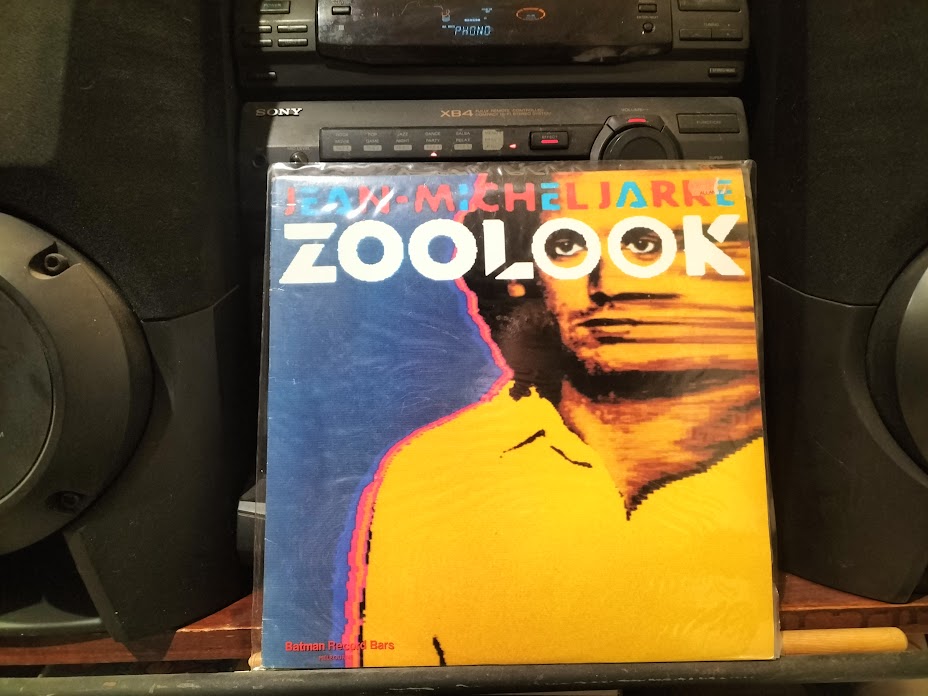The Phenomenology of Nostalgia and Record Players
 Across multiple disciplines (e.g., archeology, architecture, physics, psychology, sociology), "phenomenology" refer to the experiental and, unsurprisingly, it is a core branch of philosophy where the contributions of Husserl, Heidegger, Merleau-Ponty and Ihde are particularly notable and, in my opinion, Ricoeur's unifiction of phenonmeology with the the interpretative methods of hermeneutics ("hermeneutic phenomenology"). Because it is experiential, phenomenology is a deeply sensual and subjective study, and the best exponents engage with their words in an attempt to not only create a theoretically coherent study but also to immerse the reader into remembering their own feelings in a particular context. In doing so, phenomenology also invokes nostalgia, which, if done correctly, can almost remove oneself from the present and focus on a period of time in the past, and revisit the emotional and cognitive content of that time.
Across multiple disciplines (e.g., archeology, architecture, physics, psychology, sociology), "phenomenology" refer to the experiental and, unsurprisingly, it is a core branch of philosophy where the contributions of Husserl, Heidegger, Merleau-Ponty and Ihde are particularly notable and, in my opinion, Ricoeur's unifiction of phenonmeology with the the interpretative methods of hermeneutics ("hermeneutic phenomenology"). Because it is experiential, phenomenology is a deeply sensual and subjective study, and the best exponents engage with their words in an attempt to not only create a theoretically coherent study but also to immerse the reader into remembering their own feelings in a particular context. In doing so, phenomenology also invokes nostalgia, which, if done correctly, can almost remove oneself from the present and focus on a period of time in the past, and revisit the emotional and cognitive content of that time.
Humans are also a technologically mediated species. It is everywhere, the clothes we wear, the homes we live in, the food we cook and eat, the information that we receive, and the communication we engage in. So as part of some immersive nostalgic phenomenological experience, I've started working through my rather excessive collection of vinyl records, making use of my record player for the first time in four years or so. Appropriately, my eclectic collection is rather heavily biased to that last decade when vinyl was still dominant (1977-1987), which covered my adolescence. In recent days I've found myself delving into a plentiful supply of the music of the time; new romantics (Ultravox, Visage) world punk (The Clash), post-punk (The Chameleons, Joy Division, Shriekback), art-pop (John Foxx, Roxy Music, Talking Heads, Laurie Anderson), electronic (Vangelis, Jarre), electronica (New Order, Cabaret Voltaire), and many more.
It must be said that records and record players are an absolutely terrible medium, viewed objectively. They had a narrow frequency response which would vary according to where the stylus was; the best response was on the outer tracks of the record and the worst was closest to the centre, which often meant that singles from an album would be the first track on each side and final tracks on each side would be instrumental, spoken word, slower, bass-heavy pieces. Speaking of which, low frequencies are almost always close to mono rather than stereo. And, of course, records cannot avoid damage as a piece of sapphire runs through a plastic sheet; there will be hiss, clicks, and pops.
But when it comes to phenomenology, we're talking about the experiential and, in this case, this includes the emotional content. The imperfections are actually an aid to the nostalgic memory, a subjective experience tied to the past, recalled to the present. The visceral product of the record is, of course, far superior to anything that a CD case can provide, both in the tactile sense and in terms of cover art - and these are the main reasons that vinyl has started outselling CDs, although both are dwarfed by online recordings these days. But when it comes to reminiscing of the 1977-1987 period, with all those memories of adolescence and youth subcultures in a world of monetarism and the certainty of nuclear war, the best way to recall it is through a deeply immersive experience of playing your music of the time on the technology of the time. Because those memories, as countless studies show, are etched deeply into the brain.
- lev.lafayette's blog
- Log in to post comments

